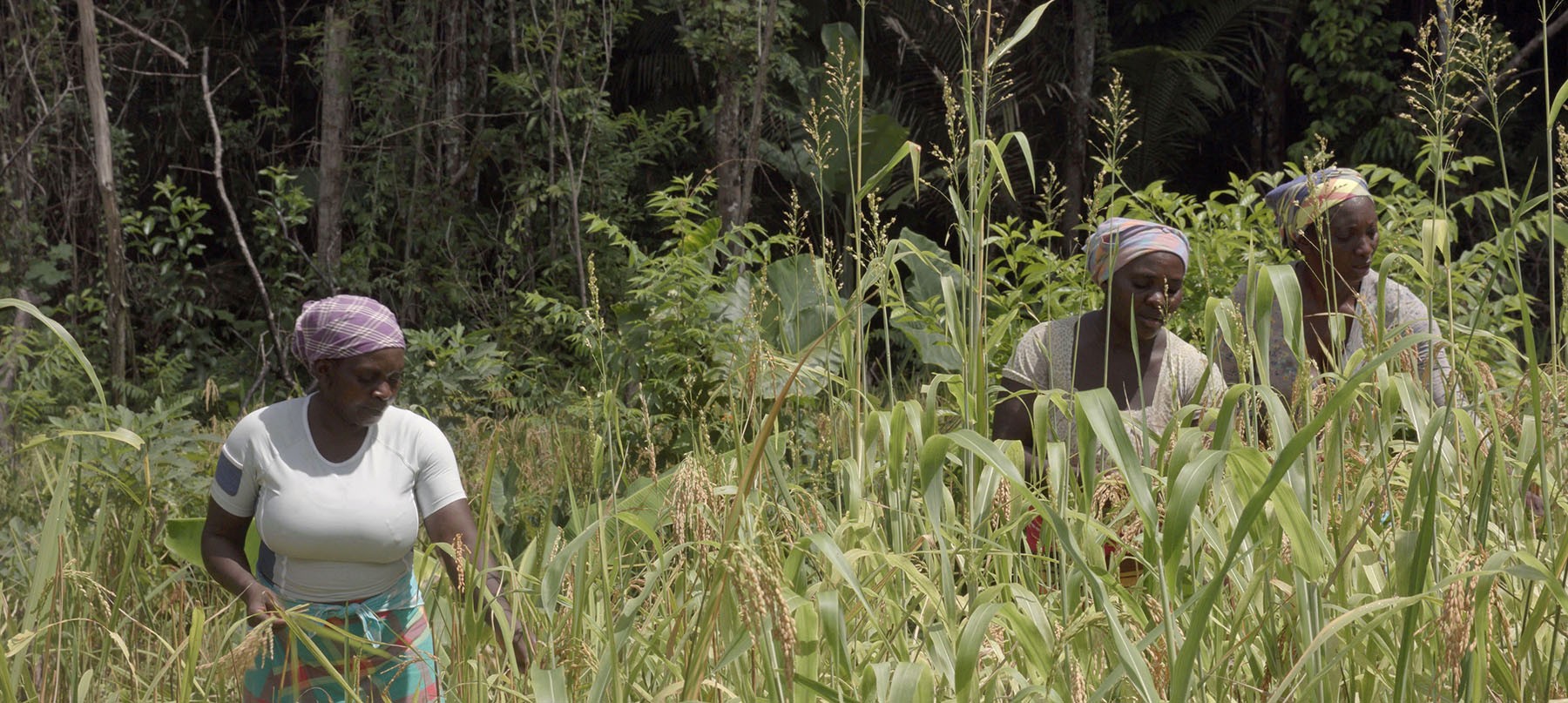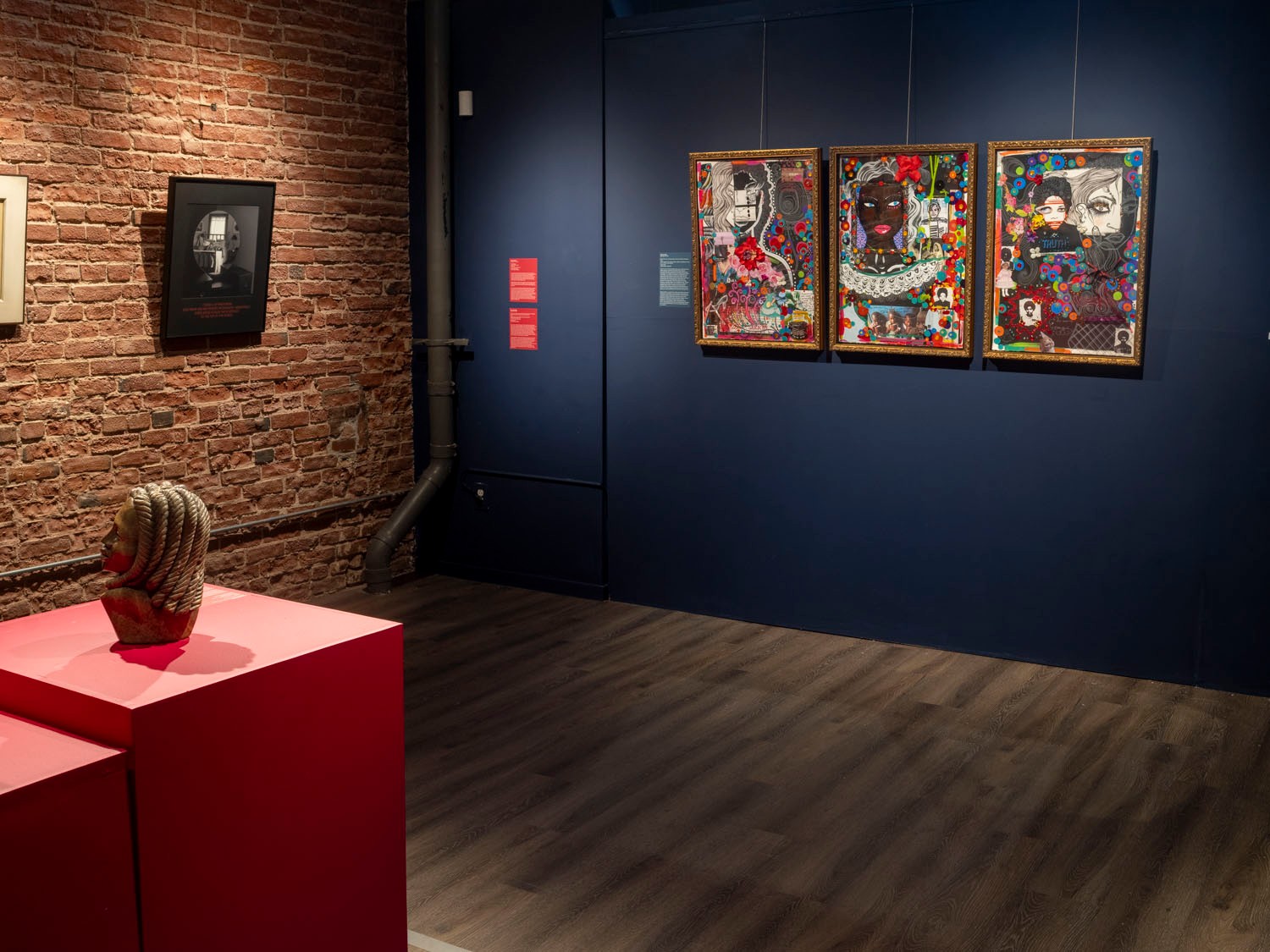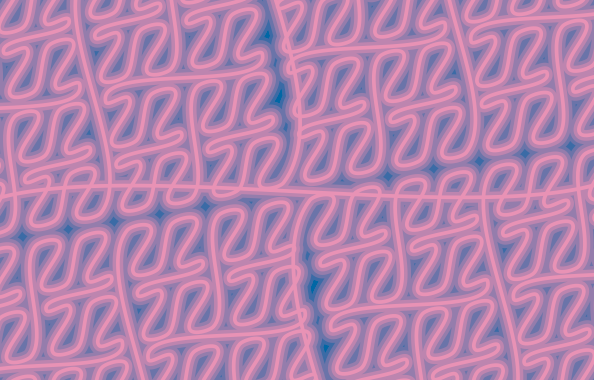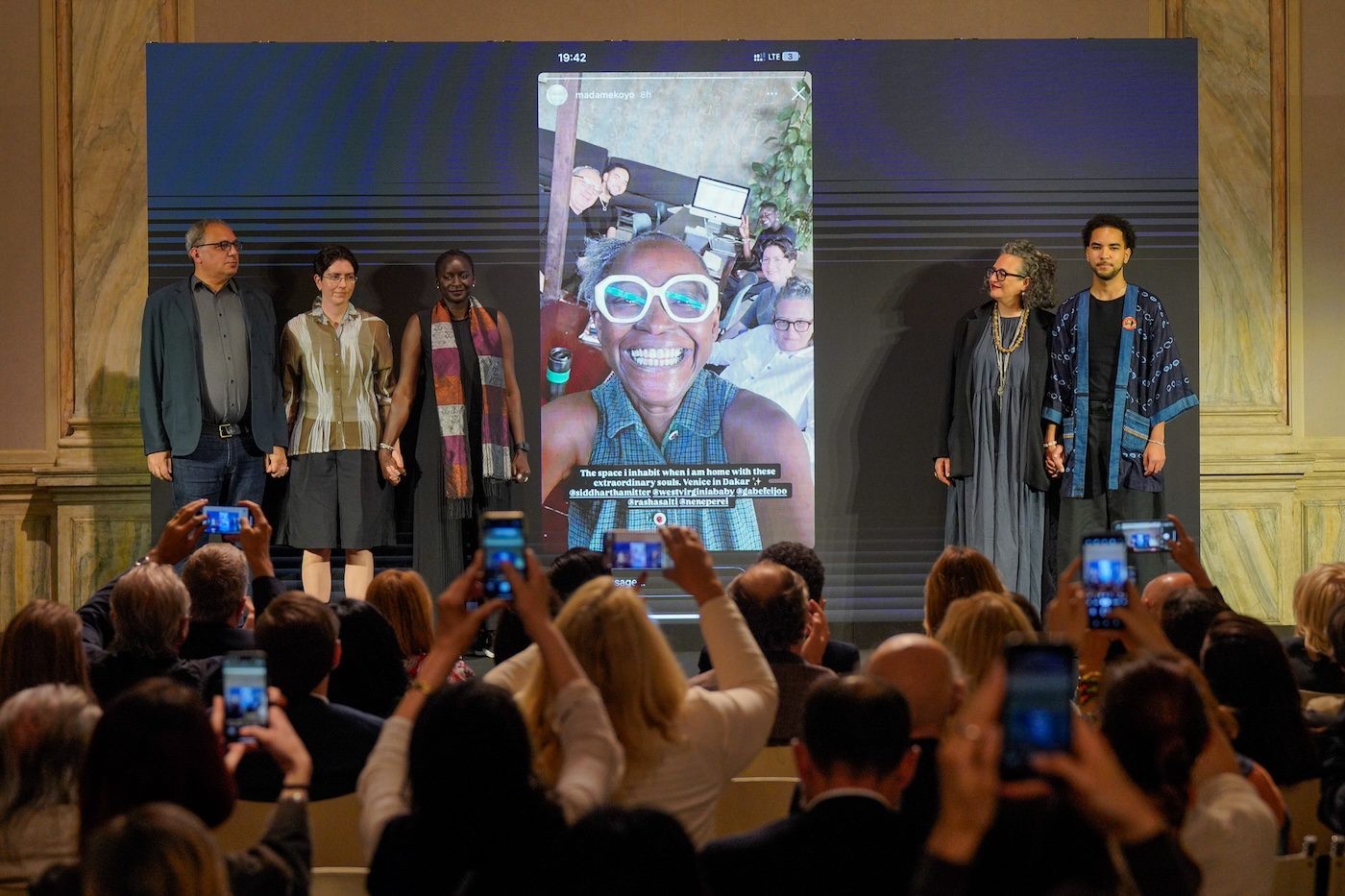Sonia Lawson on Togo Reopening a Major Center for Arts and Culture
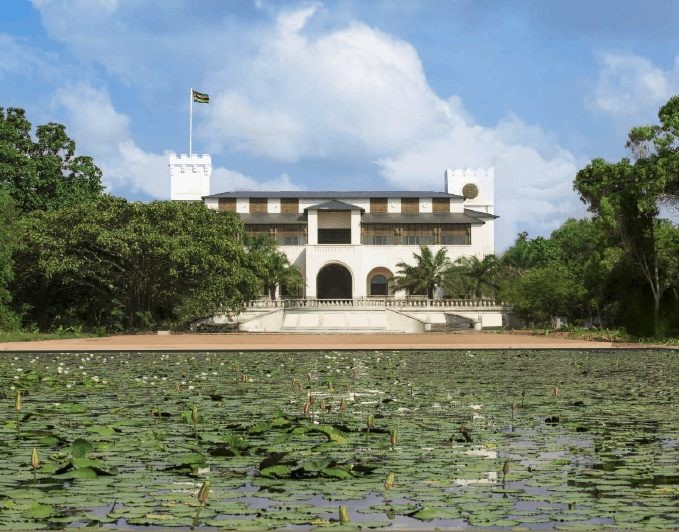
11 June 2019
Magazine C& Magazine
Words Elisa Pierandrei
5 min read
The Palais de Lomé, a historic building converted into a dynamic center for arts and culture in Togo, opens to the public in September 2019. Elisa Pierandrei speaks to its director, Sonia Lawson, about the challenges and opportunities facing this venue without parallel in West Africa.
Completed in 1905 by architect Ernst Schmidt and once home to the German and French ex-colonial powers, the Palais de Lomé was the seat of the Togolese government for several years before closing down two decades ago. In 2014, a group of architects (Segond-Guyon, Archipat, and Sara Consult) and a landscape designer (Frédéric Reynaud) were commissioned to renovate the site. The re-opening of this historic building as a dynamic center for design, visual, and performing arts could start a crucial conversation on the political, social, and economic significance of cultural infrastructure attracting visitors from across the region.
C&: What will be the challenges and opportunities for the future of Palais de Lomé after it reopens?
Sonia Lawson: For us, the first challenge is to convince people to come and make them interested in what we show. This project is unique in West Africa because it mixes environment, patrimony, and contemporary art. But it is more than that. For the Togolese public it will also be a first place to convene. It is located right in the heart of Lomé and designed for a more sustainable city. The city of Lomé accommodates only a few gardens and no big park, and while there is a museum there are not a lot of galleries or other cultural facilities.
C&: Togo has doubled down on reforms and investments to transform itself into a regional hub for logistics, finance, and tourism. Could you elaborate more on the founding plan and mission of Palais de Lomé?
SL: It is a major new cultural development for Togo and West Africa and has been funded with the support of the Togolese state, but we are also seeking partnerships with private companies as well as international funding to overcome economic challenges. Palais de Lomé and its park cover a vast area, and to maintain it we need to attract a large public, both Togolese and international. A number of events are scheduled to show the creativity of Africa in several fields, and with this we hope to reach more people. We also want Le Palais to become the first exhibition space for design in Africa, something that does not exist yet in the region. But, again, a challenge will be to maintain the whole place in its current state.
C&: Visitors will be charged an entrance fee for music, performing and visual arts, and food events and for guided tours. How do you plan to engage with the local public?
SL: We are currently training local guides who are able to describe the project and show the place to the public. Besides activities for local schools, we are also planning events staged in the park for entertainment in the Togolese manner, through storytellers and marionettists, for example. In Togo, modern puppetry combines aspects of tradition and performers’ contemporary artistic and social interests. We also want to have partnerships with institutions across Africa. We started with a partnership with MACAAL in Morocco last February, during the 1-54 Art Fair in Marrakech.
C&: Could you tell us a bit more about the first exhibitions of Togolese art inaugurating on June?
SL: The award-winning Togolese writer Kangni Alem, scenographer Franck Houndegla and director Gaetan Noussouglo are curating Togo of the Kings (June 2019–February 2020), in which artefacts belonging to kingdoms that reigned over Togo will be showcased in a multimedia show. It will be a journey through time and places, to discover the country’s art and identity. The exhibition will mix traditional objects and interventions by contemporary artist Sokey Edorh and photographers Kodjo Wornanou and Studio Piment.
Lomé + (June 2019–June 2020) is curated by architect and anthropologist Koffi Sename Agbodjinou, founder of a fab lab of high-tech makers with strong reflections on the future of African cities inspired by the traditional structures of villages. The exhibition investigates the past, present, and future of Lomé’s urban space through the lens of visual arts. Photographer and filmmaker Do Kokou and contemporary griot Elom 20ce are involved.
And Sandra Agbessi is curating Tribute to Kossi Aguessy (June 2019–November 2019). Aguessy was an international designer who was very concerned about his African roots. His pieces are kept in the permanent collections of institutions such as the MoMA and the Museum of Arts and Design in New York, and the Centre Pompidou in Paris.
C&: Could you tell us more about the tribute to Kossi Aguessy, who was born in Lomé 1977, and died in Toulouse in 2017?
SL: This exhibition sheds light on an iconic body of work and illustrates the personality and talent of a brilliant designer, an endless source of inspiration for future generations. A 12-minute film specially created for the exhibition contains testimonials which draw a portrait of Kossi Aguessy, including a powerful and sensitive account from British designer Ross Lovegrove. Major pieces, complete with an iconographic presentation – photos, sketches, portraits, and quotations – will reveal the various stages that shaped Aguessy’s rare and unique stylistic approach and forged his brilliant yet short-lived career.
C&: Among several upcoming events, you are also scheduling a Biennial of Contemporary African Sculpture.
SL: The Biennial could be a unique event for Africa and will certainly be an opportunity for Palais de Lomé. The curators will be announced soon, coming from two different parts of Africa. The Biennial will most probably open in 2020/2022 and a visual arts festival is due to take place, too. The park already hosts a contemporary sculpture specially commissioned for the site: Amouzou Amouzou-Glipka has created a group of monumental sculptures in bronze and Sadikou Oukpedjo has made statues in a marble quarry in Togo.
Elisa Pierandrei is a journalist based in Milan.
Read more from

